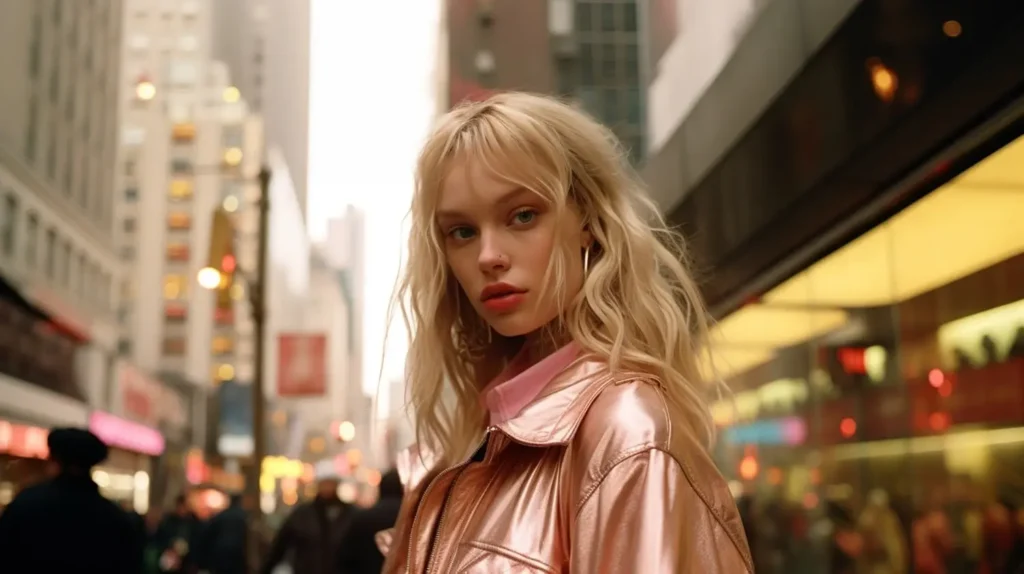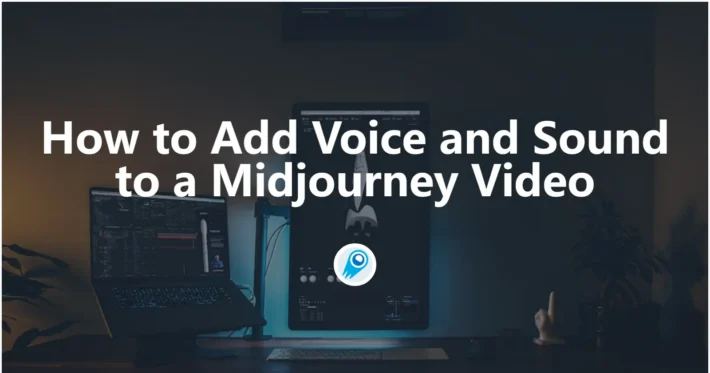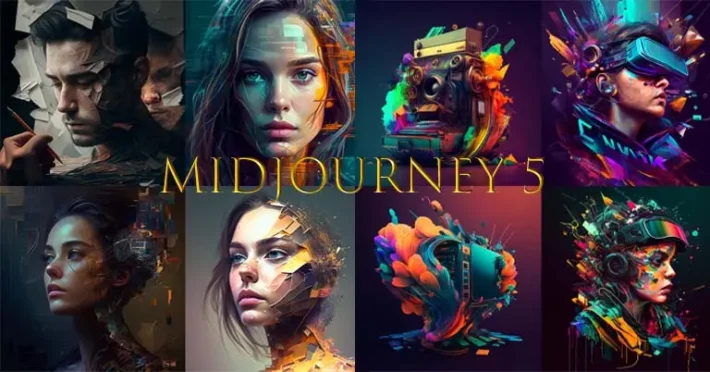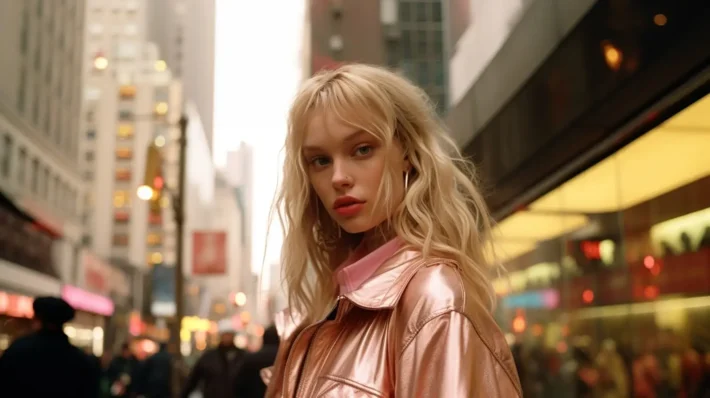How does Midjourney AI Work

Midjourney has rapidly become one of the most talked-about AI image generators, blending state‑of‑the‑art diffusion models with an accessible Discord interface. In this article, we explore the inner workings of Midjourney, incorporating the latest developments from its v7 series.
What is Midjourney and why is it significant?
Midjourney is a generative artificial intelligence platform that transforms textual prompts into high‐quality images. Launched in open beta on July 12, 2022, by San Francisco–based Midjourney, Inc., it rapidly gained traction among creatives, hobbyists, and enterprises for its ease of use via Discord and its growing suite of advanced features . Unlike earlier AI art tools, Midjourney emphasizes iterative refinement—providing users with multiple variations of their prompts and a robust set of parameters to tailor style, composition, and detail
The platform’s significance stems from both its technical prowess and cultural impact. Within three years of its beta launch, Midjourney accrued millions of users, catalyzing debates around AI artistry, intellectual property, and the future of creative professions. As of April 3, 2025, Midjourney released Version 7, its most advanced model to date, introducing groundbreaking capabilities such as Draft Mode and Omni Reference .
How does Midjourney interpret user prompts?
Natural language parsing
When a user enters a prompt—such as /imagine a futuristic cityscape at dusk—Midjourney first employs a text encoder based on large‐scale language models. This encoder converts the string into an abstract representation (a sequence of embeddings) that captures semantic meaning, stylistic cues, and quantifiable attributes like color and lighting intensity .
Multi‐modal embedding
Since Version 7 supports both text and image inputs in a unified workflow, Midjourney’s pipeline merges the prompt embedding with optional image embeddings. The Omni Reference feature, introduced in Version 7, allows users to reference multiple images simultaneously, weighting each according to a user‐specified parameter—thereby enabling highly customized stylistic blends .
Prompt refinement
Midjourney also analyzes prompt structure, recognizing “weighting” syntax (e.g., --iw for image weight or --ar for aspect ratio) and specialized parameters like --stylize to modulate the degree of artistic interpretation. This pre‐processing ensures that downstream diffusion models receive both the semantic blueprint and the precise stylistic constraints desired by the user.
What is the underlying diffusion process?
Latent diffusion model
At the heart of Midjourney’s image generation lies a latent diffusion model (LDM). In brief, an LDM progressively denoises a random noise vector in a high‐dimensional latent space, guided by the prompt embedding. Each denoising step slightly adjusts the latent representation toward a coherent image, leveraging a U‐Net–style neural architecture to predict and remove noise .
Cross‐attention guidance
During each iteration, cross‐attention layers allow the network to “attend” to specific parts of the text embedding, ensuring that particular words (e.g., “gothic cathedral”) have a more pronounced impact on the emerging image. This mechanism enhances fidelity to user intent and supports complex compositions without manual parameter tuning.
Decoding to pixel space
Once the diffusion steps are complete in latent space, a decoder network transforms the final latent representation back into pixel space, yielding a full‐resolution image. This decoder is trained jointly with the diffusion model to ensure consistency between latent manipulations and visual outputs, resulting in images that exhibit both conceptual accuracy and aesthetic polish.
How is Midjourney’s architecture organized?
Text encoder
The text encoder is typically a transformer trained on massive corpora of captions and paired text‐image datasets. In Version 7, Midjourney reportedly switched to a more efficient architecture, reducing latency while improving semantic alignment between prompts and images .
U‑Net diffusion backbone
The U‑Net diffusion backbone consists of multiple down‐sampling and up‐sampling pathways, interleaved with residual blocks and attention modules. It is responsible for the iterative denoising process, integrating prompt guidance at each resolution scale to maintain both global coherence and fine detail.
Image decoder
The final image decoder maps latent vectors to RGB pixel values. In recent updates, Midjourney’s decoder has been optimized to handle higher resolutions (up to 2048×2048) without a proportional increase in GPU memory consumption, owing to memory‐efficient attention mechanisms introduced in V7.
How does the image generation process work step by step?
Prompt parsing and encoding
Upon receiving /imagine a serene mountain lake at sunrise, Midjourney’s Discord bot forwards the text to the backend. A tokenizer splits the prompt into tokens, which the transformer then converts to embeddings. Any parameter flags (e.g., --ar 16:9) are parsed separately and appended as style inputs.
Diffusion process
- Initialization: A random noise tensor in latent space is created.
- Denoising loop: For each timestep, the UNet predicts noise residuals conditioned on the text embedding. The model subtracts these residuals from the current latent, gradually refining it toward a clean image.
- Sampling: After the final denoising step, the latent is decoded back into pixel space, producing a 512×512 (or custom) resolution image.
Upscaling and refinements
Users then choose to “Upscale” their favorite of the four generated options. Midjourney employs a super‑resolution network—a variant of ESRGAN—to enhance details and reduce artifacts. The platform also supports rerolling, remixing specific regions, and upsampling beyond original resolution for print‑quality outputs .
What new features define Version 7?
Omni Reference
Omni Reference is a system‐wide enhancement that allows users to combine multiple image and text references in one prompt. By assigning weight values to each reference, users gain unprecedented control over style fusion, enabling outputs that seamlessly blend disparate visual elements.
Draft Mode
Draft Mode provides fast, low‐resolution previews of generated images. This enables rapid iteration—users can review a draft, adjust their prompt or parameters, and commit to a high‐quality render only once they are satisfied. Draft Mode often executes three to five times faster than full renders, dramatically improving workflow efficiency .
Improved detail and coherence
Version 7 also introduced an updated training regimen that emphasizes consistent body and object rendering. As a result, issues like malformed hands or incoherent textures—which plagued earlier models—are now significantly reduced, yielding more reliable final images in both creative and commercial applications .
Use MidJourney in CometAPI
CometAPI provides access to over 500 AI models, including open-source and specialized multimodal models for chat, images, code, and more. Its primary strength lies in simplifying the traditionally complex process of AI integration.
CometAPI offer a price far lower than the official price to help you integrate Midjourney API and Midjourney Video API, and you can try it for free in your account after registering and logging in! Welcome to register and experience CometAPI.CometAPI pays as you go.
Use v7 to create image: Before using MidJourney V7 to create image , you need to Start building on CometAPI today – sign up here for free access. Please visit docs. Getting started with MidJourney V7 is very simple—just add the --v 7 parameter at the end of your prompt. This simple command tells CometAPI to use the latest V7 model to generate your image.
In summary, Midjourney’s technological foundation—anchored in advanced text encoding, diffusion modeling, and community-driven iteration—enables a versatile platform that continually expands its creative horizons. The recent AI video generator marks a pivotal step toward immersive generative media, even as high‑profile legal challenges prompt critical reflection on the responsible development of AI. Understanding Midjourney’s inner workings illuminates the broader dynamics of AI-driven creativity in the 21st century and offers a blueprint for future innovations.



